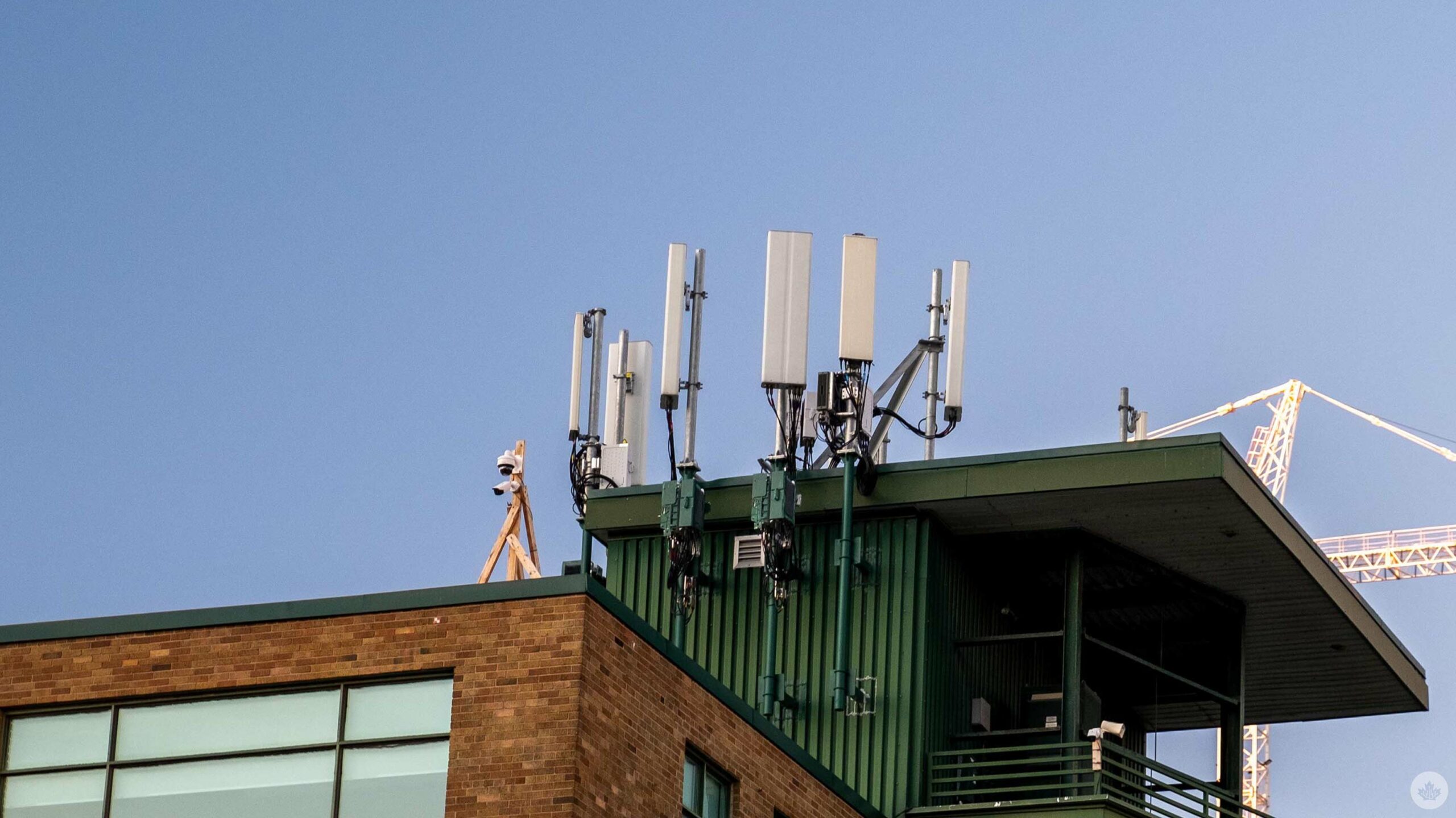
Opensignal says Canada’s 5G speeds are struggling due to a lack of mid-band spectrum, based on new analysis released by the analytics company.
Opensignal compared Canada’s 5G to the networks in other networks in the Organisation for Economic Co-operation and Development (OECD) markets and also compared Canada’s position in 4G and 5G download speeds. To start, Opensignal notes that Canada has one of the largest amounts of 4G spectrum bandwidth used for 4G across 38 OECD markets, resulting in one of the highest 4G download speed scores in the group (61.2Mbps). While Canada’s 5G speeds are higher at 146.4Mbps down, Opensignal says this is significantly below the average download speed of other markets.
To start, Opensignal notes that Canada has one of the largest amounts of 4G spectrum bandwidth used for 4G across 38 OECD markets, resulting in one of the highest 4G download speed scores in the group (61.2Mbps). While Canada’s 5G speeds are higher at 146.4Mbps down, Opensignal says this is significantly below the average download speed of other markets. When looking at the speed uplift 5G brings over 4G, Canada ranks near the bottom compared to the 32 other OECD markets that have commercially deployed 5G. Opensignal reports that Canada’s 5G offers a 2.4x uplift in speed over 4G, while at the other end, South Korea has a 6.5x uplift, Mexico has 6.9x uplift, Chile has 7.8x uplift and Israel tops the chart with 8.4x uplift.
When looking at the speed uplift 5G brings over 4G, Canada ranks near the bottom compared to the 32 other OECD markets that have commercially deployed 5G. Opensignal reports that Canada’s 5G offers a 2.4x uplift in speed over 4G, while at the other end, South Korea has a 6.5x uplift, Mexico has 6.9x uplift, Chile has 7.8x uplift and Israel tops the chart with 8.4x uplift.
Opensignal notes that one factor that would explain Canada’s lower speed uplift is the country’s “relatively lower use of the 3.5GHz band for 5G connectivity.” The analytics company found that 27.7 percent of the 5G readings it gathered in Canada were on the 3.5GHz (3,500MHz) to 5GHz (5,000MHz) bands, one of the lowest among OECD members. That’s a blended result that includes the Big Three (Rogers, Bell and Telus) and regional operators. Meanwhile, top 5G OECD members like Chile and South Korea saw 99+ percent of 5G readings come from 3.5-5GHz bands.
 Opensignal goes on to lay blame on the federal government, which has so far only made a small amount of mid-band spectrum available to operators. For example, 2021’s 3,500MHz spectrum auction saw the government assign only 200MHz of spectrum in the 3.45GHz-3.65GHz frequency range, but the actual amounts of available spectrum vary on a geographical basis. It also pointed out that the government set aside 50MHz for smaller, regional operators, which further limited access for big players. Because of this, Opensignal says Canadian operators reuse existing 4G spectrum for 5G, with 53.8 percent of 5G readings for Canada coming from the 1,700MHz/2,100MHz band (n66).
Opensignal goes on to lay blame on the federal government, which has so far only made a small amount of mid-band spectrum available to operators. For example, 2021’s 3,500MHz spectrum auction saw the government assign only 200MHz of spectrum in the 3.45GHz-3.65GHz frequency range, but the actual amounts of available spectrum vary on a geographical basis. It also pointed out that the government set aside 50MHz for smaller, regional operators, which further limited access for big players. Because of this, Opensignal says Canadian operators reuse existing 4G spectrum for 5G, with 53.8 percent of 5G readings for Canada coming from the 1,700MHz/2,100MHz band (n66).
Additionally, Opensignal detailed that 5G speeds are 34.5 percent faster when more than 50MHz and up to 100MHz of bandwidth is available, compared to 50MHz or less. And when bandwidth exceeds 100MHz, the increase in speed is even greater. Unfortunately, Opensignal reports that over “half of 5G readings in Canada see the use of 50MHz or less spectrum bandwidth.”
 Moving forward, the spectrum situation should improve in Canada. Opensignal points to the government’s recent assignments of spectrum to national and regional operators as well as the ongoing 3,800MHz spectrum auction. A recent outline from the government detailed plans to license 3,900MHz spectrum in 2024 into 2025, as well as work on other bands.
Moving forward, the spectrum situation should improve in Canada. Opensignal points to the government’s recent assignments of spectrum to national and regional operators as well as the ongoing 3,800MHz spectrum auction. A recent outline from the government detailed plans to license 3,900MHz spectrum in 2024 into 2025, as well as work on other bands.
You can find the full Opensignal report here.
Images credit: Opensignal
MobileSyrup may earn a commission from purchases made via our links, which helps fund the journalism we provide free on our website. These links do not influence our editorial content. Support us here.


